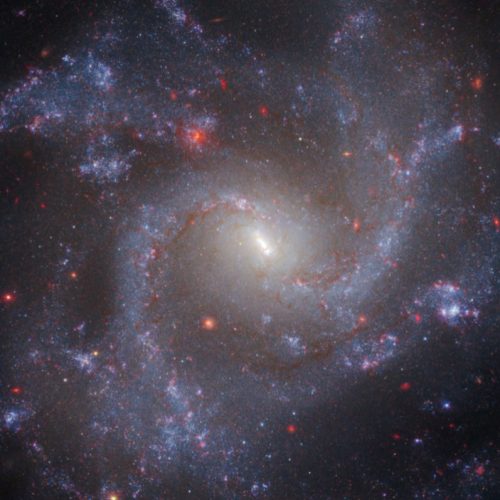Webb Telescope Solves a 20-Year-Old Planetary Mystery Sparked by Hubble

Perplexing data in the early 2000s raised questions about how planetary formation began in the universe, and new data from Webb provides some answers.




Physicists have been puzzling over conflicting observational results pertaining to the accelerating expansion rate of our Universe—a major discovery recognized by the 2011 Nobel Prize in Physics. New observational data from the James Webb Space Telescope (JWST) has confirmed that prior measurements of distances between nearby stars and galaxies made by the Hubble Space Telescope are not in error, according to a new paper published in The Astrophysical Journal. That means the discrepancy between observation and our current theoretical model of the Universe is more likely to be due to new physics.
As previously reported, the Hubble Constant is a measure of the Universe's expansion expressed in units of kilometers per second per megaparsec (Mpc). So, each second, every megaparsec of the Universe expands by a certain number of kilometers. Another way to think of this is in terms of a relatively stationary object a megaparsec away: Each second, it gets a number of kilometers more distant.
How many kilometers? That's the problem here. There are basically three methods scientists use to measure the Hubble Constant: looking at nearby objects to see how fast they are moving, gravitational waves produced by colliding black holes or neutron stars, and measuring tiny deviations in the afterglow of the Big Bang known as the Cosmic Microwave Background (CMB). However, the various methods have come up with different values. For instance, tracking distant supernovae produced a value of 73 km/s Mpc, while measurements of the CMB using the Planck satellite produced a value of 67 km/s Mpc.


© NASA/ESA/CSA/STScI/A. Riess (JHU)


